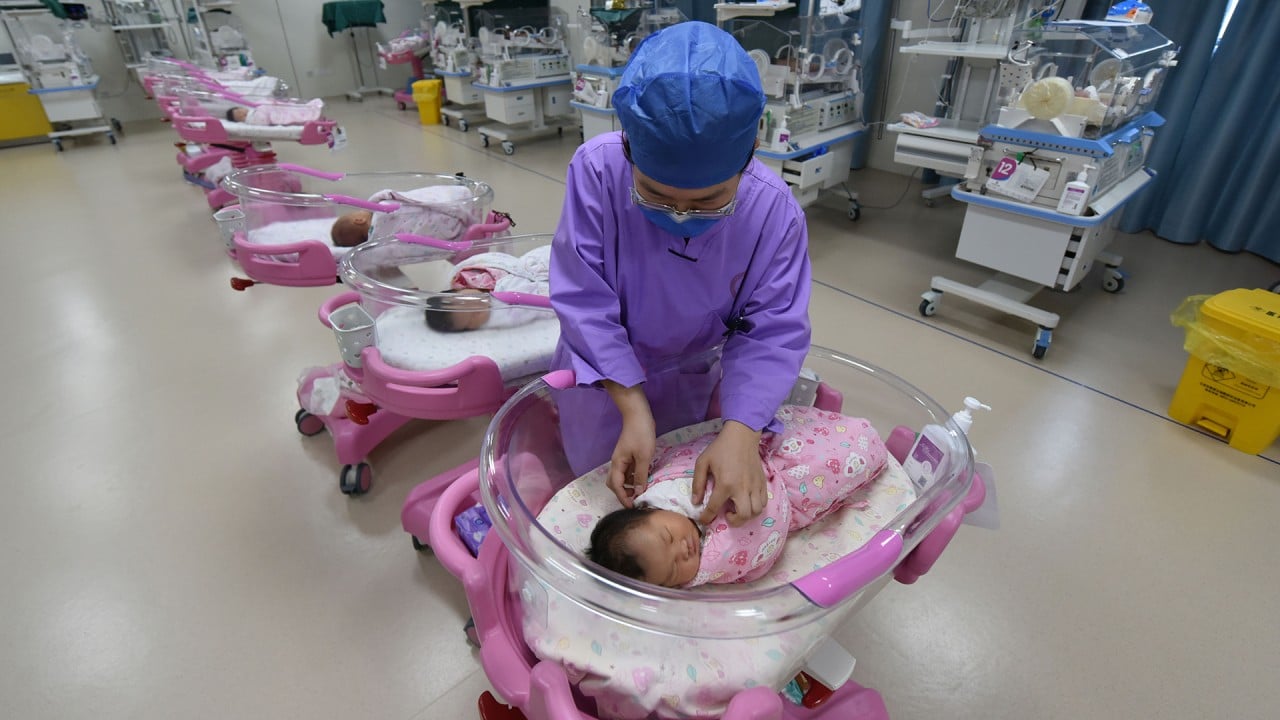
China population: region adds IVF to health insurance in latest move to boost births
- The Guangxi Zhuang autonomous region has announced plans to add in vitro fertilisation to its medical insurance scheme, the second to do so thus far
- A decline in the birth rate has precipitated numerous attempts to reverse or halt the trend and stave off demographic decline
Southwest China’s Guangxi is set to cover in vitro fertilisation (IVF) under its health insurance system, the second of the country’s regions to do so as part of an overall effort to arrest a dramatic slide in the national birth rate.
The health department of the Guangxi Zhuang autonomous region said on Friday that starting next month, it will include IVF as well as other fertility services under its basic medical insurance.
It would be China’s second province-level division to allocate government funds to reimburse medical bills for fertility services, after the national capital Beijing.
Guangxi’s is the latest effort to encourage people to give birth, as the annual number of Chinese newborns has fallen by around 40 per cent over the past five years.
Depending on their insurance, Guangxi residents could get up to 70 per cent of their medical bills reimbursed for assisted fertility technology treatments, and each treatment could be reimbursed up to two times.
The procedure, a lab-based alternative to traditional methods of conception, can cost up to tens of thousands of yuan and take multiple attempts before it succeeds.
“However, the key to boosting birth rates is raising young people’s willingness and lowering the expenses of childbirth,” He said. “The main reason for the plunging birth rates is that young people don’t want to have babies, rather than wanting to but being unable to conceive.”
The country saw its population decline last year for the first time since 1961, shrinking its 1.41 billion population by about 850,000.
A raft of natalist policies followed at local and central levels, but experts have conceded that immediate effects are unlikely, as similar experiences in developed countries have shown.
China’s northeastern province of Liaoning announced earlier this year that it would start covering fertility services in July, but the plan was delayed and has yet to be implemented.
Beijing now covers a total of 16 assisted reproductive services under the government-backed medical insurance plan, including IVF, embryo transplants and freezing eggs or sperm cells.
Earlier this year, the National Healthcare Security Administration said it will guide localities to cover reproductive services in medical care.


